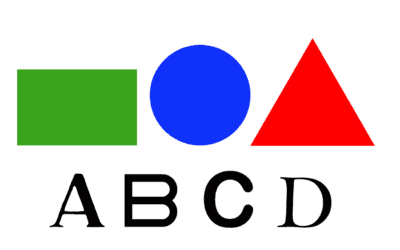In successful business marketing, your company brand goes far beyond a single logo or a slogan. It’s also about messaging visually and intrinsically. As such, it’s essential to integrate your brand into every aspect of your company.
Define Your Brand Identity
Before you can start ensuring your brand is fully integrated, you must have a clear understanding of what your brand represents. Your complete brand identity includes your business mission, values, and personality. This is the foundation on which all your other brand integration efforts will be built up on. Let’s start by asking some questions. These are questions that resemble those used when you first came up with your initial business plan.
- What is the core mission of your company?
- What values does your company uphold?
- How do you want your brand to be perceived by your customers?
- What makes your brand unique in the market?
Once these questions are successfully answered, you want to start a “brand identity document” that outlines your brand’s core elements. Afterwards, show this document to your team to get their input and to help you refine the essence of your brand.
Consistent Visual Branding
As was mentioned at the introduction of this article, successful business marketing for your brand involves more than just creating a logo or a slogan. It should also include a suitable color palette, typography, and imagery to name a few. It is important to be consistent in the use of these elements in all print and online marketing materials, as they are often the first things customers see. This consistency helps to create a trustworthy, recognizable, and memorable brand image.
Product and Service Integration
Of course, your brand should be an integral part of your products and services. From packaging, product design, to the quality of your offerings. Consider the following:
- Product Design: Your products should reflect your brand’s personality and values. For example, if your brand promotes eco-friendliness, your product design should prioritize sustainability and environmental responsibility.
- Packaging: Design packaging that aligns with your brand identity. This will make your products stand out on the shelves and communicate your brand message to customers.
- Quality Assurance: Consistently delivering high-quality products and services reinforces your brand’s promise and builds trust.
Content and Messaging
The wording you use to communicate with your audience should consistently reflect your brand’s personality and values. Make sure that all content, from your website copy to social media posts, is in line with your brand identity. Use a tone and voice that resonates with your target audience and remain consistent across all communication channels.
Website and Online Presence
Your website is often the first point of contact between your brand and potential customers. In addition to making sure your website design and content are aligned with your brand identity, optimize your site for user experience, as a user-friendly site can contribute to a positive brand perception.
Employee Alignment
Your employees are the living representation of your brand. Their behavior, attitudes, and actions can significantly influence how your brand is perceived to potential customers. Ensure they are in-focus with your company brand alignment.
- Conduct Brand Training: Train your employees on your brand identity, its values, and its importance. Make sure they understand how to embody the brand in their roles.
- Foster a Brand-Positive Culture: Create a company culture that reflects your brand’s values. This will encourage employees to embrace and embody the brand’s essence.
- Empower Your Team: Give your employees the autonomy to make decisions that align with your brand’s values, especially when interacting with customers.
Social Responsibility and Community Engagement
Integrating your brand into your community and social responsibility efforts is an excellent way to strengthen your brand image. Consider non-profit community partnerships that align with your brand’s values. It’s a win for the non-profit and a positive for your brand!
Measurement and Adaptation
You definitely want to measure your brand integration efforts. Therefore, establish key performance indicators (KPIs). These KPIs can include brand awareness, customer loyalty, and customer feedback. Based on these metrics, adapt your brand integration strategy as needed.
Integrating your brand into every aspect of your company is a comprehensive and ongoing process. It requires a deep understanding of your brand identity and a commitment to consistency across all touchpoints. When your brand is seamlessly woven into your products, services, culture, and customer interactions, it becomes a powerful tool for building trust, loyalty, and recognition. Ultimately, a strong and well-integrated brand can set your company apart in a competitive market and create lasting connections with your customers.
If your company is looking for help with any aspect of branding or marketing, please consider Paul Whittler Graphic Design. Since 2012, it is been our pleasure to have helped businesses of all sizes and backgrounds to achieve their goals and to grow within their respective industries. Call today (915) 581-7054 to schedule an initial free consultation. Sorry, no walk-ins accepted.





